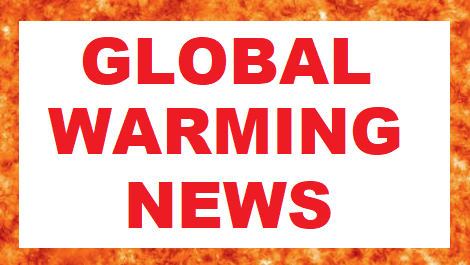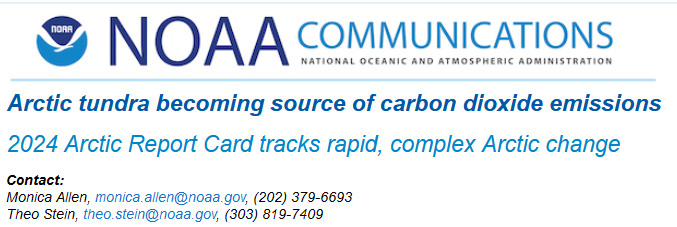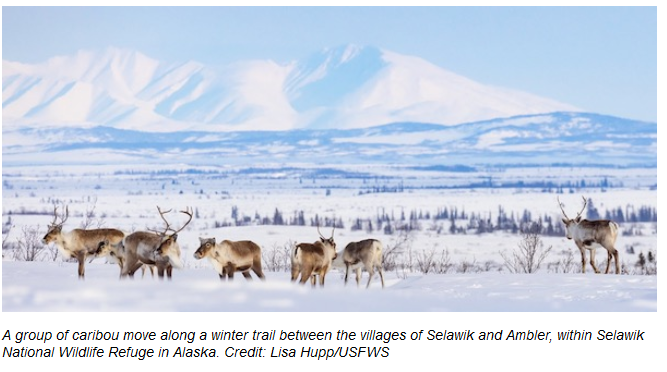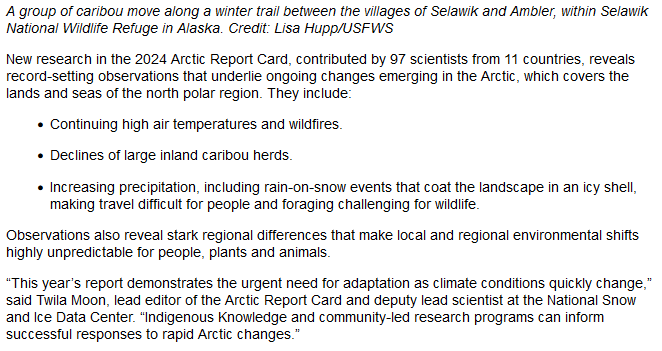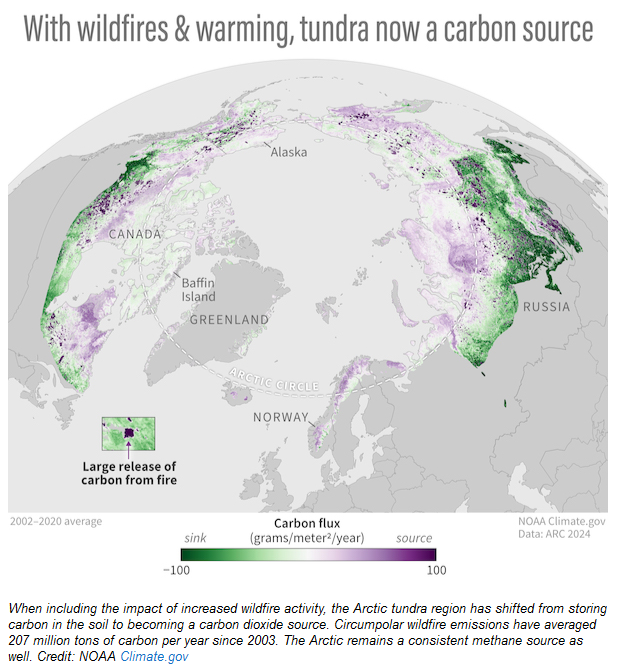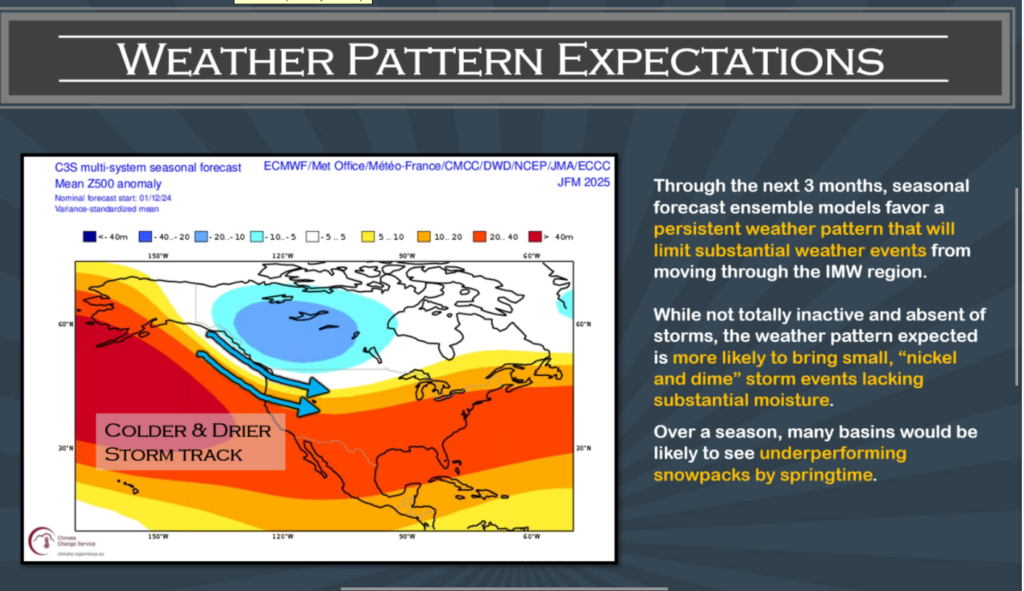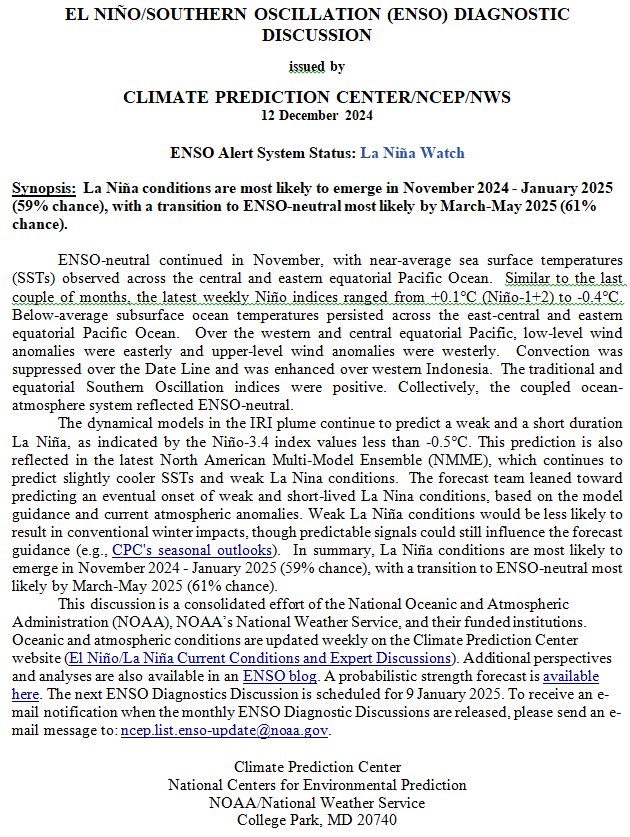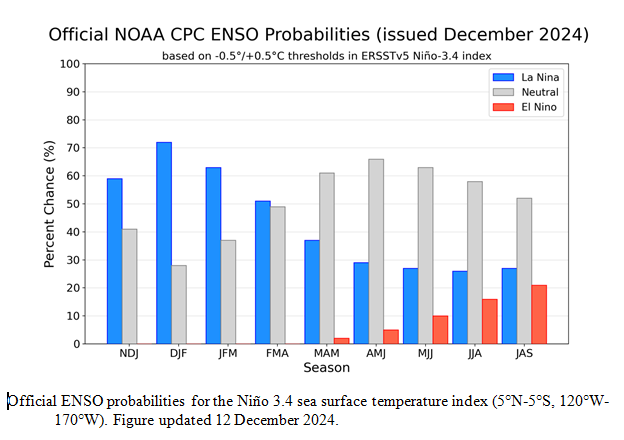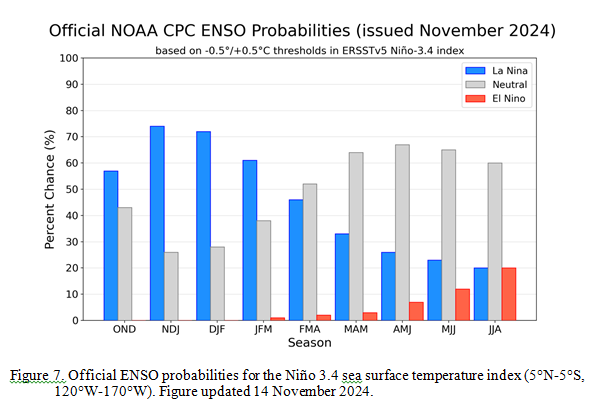Weather Outlook for the U.S. for Today Through at Least 22 Days and a Six-Day Forecast for the World: posted December 16, 2024
This article focuses on what we are paying attention to in the next 48 to 72 hours. The article also includes weather maps for longer-term U.S. outlooks (up to four weeks) and a six-day World weather outlook which can be very useful for travelers.
First the NWS Short Range Forecast. The afternoon NWS text update can be found here after about 4 p.m. New York time but it is unlikely to have changed very much from the morning update. The images in this article automatically update.
Short Range Forecast Discussion
NWS Weather Prediction Center College Park MD
Mon Dec 16 2024
Valid 12Z Mon Dec 16 2024 – 12Z Wed Dec 18 2024…Modest atmospheric river activity to bring unsettled weather to the
Northwest, including heavy rains for the coastal ranges and accumulating
snow for the higher elevations……Wet conditions expected for much of the eastern half of the country the
next couple of days……Above average temperatures, mild conditions expected for much of the
country to start the week…A pair of Pacific systems will help to focus a flow of moisture over the
Northwest in an active Atmospheric River pattern the next couple of days.
Precipitation continues this morning as moisture flows inland from the
first system bringing moderate to heavy coastal rain, an inland wintry
mix, and heavy higher elevation mountain snow across the Pacific
Northwest, northern California, and the northern Great Basin/Rockies. The
heaviest precipitation will be focused southward today across
Oregon/northern California and inland through central Idaho into northwest
Wyoming. The focus will shift northward on Tuesday bringing heavier rain
to coastal Washington state as well as heavy snow to the northern
Cascades. Snow totals of 4-8″ will be common with locally higher totals
over a foot for the highest peaks expected, particularly for the southern
Cascades in Oregon Monday.To the east, light to moderate rainfall continues this morning over the
Mid-Atlantic with some wintry precipitation over the Interior Northeast,
which should taper off through early afternoon. A more focused corridor of
showers and thunderstorms will redevelop through the day ahead of a cold
front over the Ohio Valley southwestward through the Lower Mississippi
Valley/Southern Plains. Some moderate to locally heavy rainfall will be
possible, particularly for the Ohio Valley. This system will bring another
wave of rain through the Mid-Atlantic Monday evening and New England
Tuesday morning, with a wintry mix possible for interior locations. An
approaching upper-level wave will help to kick off another round of
showers and storms along the frontal boundary from the Ohio Valley
southwest through the Southern Plains Tuesday.Elsewhere, an upper-level wave passing over the Northern Plains/Upper
Midwest will bring some snow showers on Tuesday with some light
accumulations possible. Some lake effect snow showers are also expected to
continue downwind of the Great Lakes, particularly Lakes Erie and Ontario.
Daily shower and thunderstorm chances are forecast for the Florida
Peninsula with coverage and intensity increasing on Tuesday along the
Atlantic Coast. Much of the country will see high temperatures above
average with generally mild conditions. Some of the greatest anomalies
will be over the Midwest Monday as highs climb into the 50s, and over the
Northeast Tuesday with highs into the 50s and 60s. Frontal passages will
lead to more temperature fluctuation along the northern tier of the
country while the southern tier will remain more stable, with daily highs
generally in the 60s and 70s.



